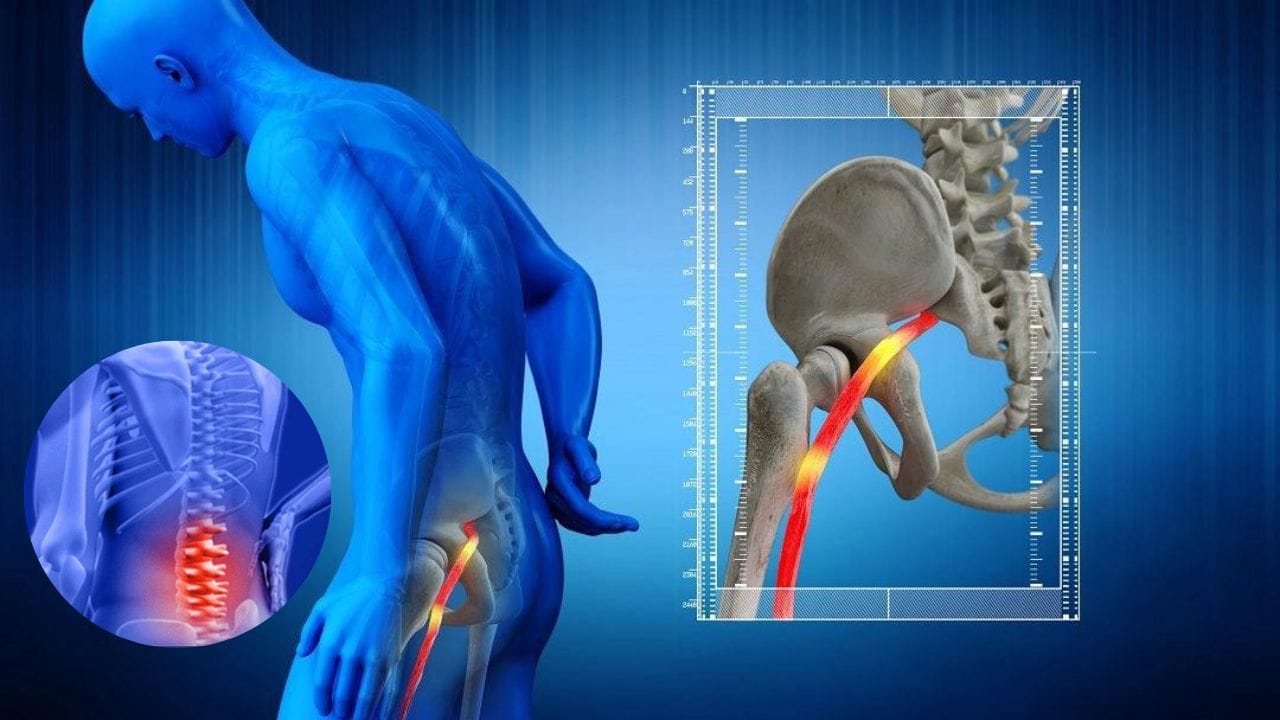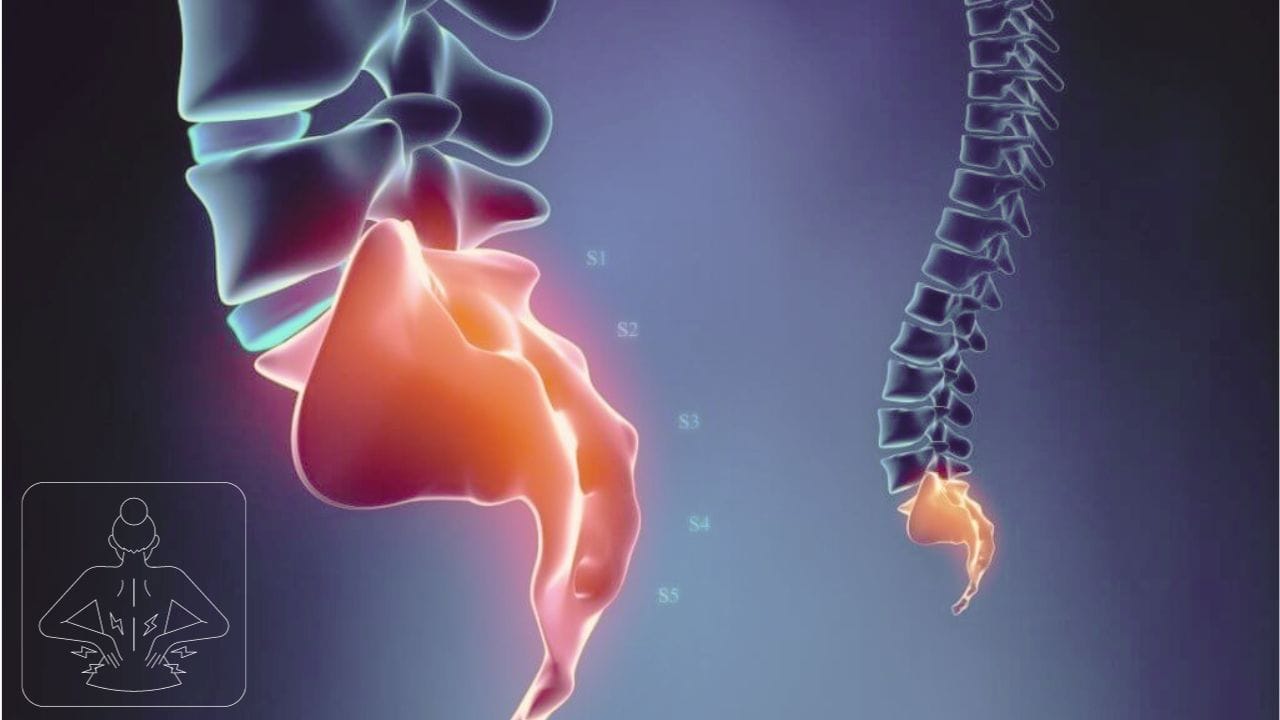Is Coccyx Pain Dangerous? The Causes & When to Seek Help
Persistent or severe pain should be evaluated by a healthcare professional to rule out underlying issues and determine the most appropriate course of treatment.

Coccyx pain, also known as tailbone pain, is something many people may experience at some point. While it can be uncomfortable, it's important to understand whether coccyx pain is dangerous or just a temporary issue.
The coccyx is a small, triangular bone at the base of the spine. It might not seem like a big deal, but when it hurts, it can cause discomfort and worry. Let's explore the possible reasons for coccyx pain and whether it poses any serious threats to our health.
Common Causes of Coccyx Pain
One common cause of coccyx pain is falling directly on the tailbone. Imagine slipping on a banana peel – it might be funny in cartoons, but it can be quite painful in real life! Even a small fall can lead to coccyx pain.

Prolonged sitting on hard surfaces is another reason why our tailbone might start hurting. Sitting for long periods, especially without a cushion, can put pressure on the coccyx and lead to discomfort.
Childbirth can also contribute to coccyx pain. The process of giving birth can put a lot of pressure on the tailbone, and this might lead to pain that lasts for some time.
Serious or Not?
The good news is that in most cases, coccyx pain is not dangerous. It might be painful, but it usually goes away on its own or with some simple treatments.
However, in some instances, coccyx pain could be a sign of a more serious problem, like a fracture or an infection. If the pain is severe, lasts a long time, or is accompanied by other concerning symptoms, it's essential to see a doctor.
Diagnosis and Treatment
If you're experiencing coccyx pain and are unsure about its cause, visiting a healthcare professional is crucial. They can perform tests, such as X-rays, to determine if there's an underlying issue.
Treatment for coccyx pain often involves simple measures. Using a cushion when sitting, avoiding prolonged sitting on hard surfaces, and taking over-the-counter pain relievers can help ease the discomfort.
Prevention is Key
Preventing coccyx pain is often better than dealing with it afterward. Being mindful of how we sit and taking breaks during long periods of sitting can go a long way in avoiding tailbone discomfort.
Using ergonomic chairs and cushions designed to reduce pressure on the coccyx can also be helpful. Taking care of our posture is another factor in preventing coccyx pain.
When to Seek Medical Help
While most cases of coccyx pain resolve on their own or with simple treatments, there are times when medical attention is necessary. If the pain is severe, persistent, or accompanied by symptoms like numbness or tingling, it's crucial to consult a healthcare professional.

In rare cases, surgery may be required to address specific issues causing coccyx pain. However, this is usually considered only when other treatments are ineffective.
The Importance of Rest
Rest is a crucial aspect of recovering from coccyx pain. Just like any other part of our body, the tailbone needs time to heal. Avoiding activities that worsen the pain and giving the area time to recover is essential.
Staying Active
While rest is important, staying completely inactive is not the solution. Gentle exercises, such as walking or swimming, can help improve blood flow and promote healing without putting excessive strain on the coccyx.
Mind-Body Connection

Our emotions and mental state can also influence coccyx pain. Stress and anxiety can make pain feel more intense. Exploring relaxation techniques, such as deep breathing or mindfulness, can be beneficial in managing coccyx pain.
Long-Term Outlook
For most people, coccyx pain is a temporary issue that improves with time and proper care. Understanding the importance of lifestyle adjustments, maintaining good posture, and seeking medical help when needed can contribute to a positive long-term outlook.
Summary
Coccyx pain is generally not dangerous, but it can be uncomfortable. Knowing the common causes, seeking timely medical advice when necessary, and taking steps to prevent and manage coccyx pain are essential for a healthy and pain-free tailbone.
Frequently Asked Questions
Q 1: What are the common causes of coccyx pain?
Answer: Coccyx pain, or tailbone pain, can be caused by various factors. The most common reasons include falling directly on the tailbone, prolonged sitting on hard surfaces, and childbirth. Injuries, strain, or pressure on the coccyx may lead to discomfort. It's essential to identify the specific cause to determine the most effective treatment.
Q 2: Is coccyx pain dangerous, and when should I seek medical help?
Answer: In most cases, coccyx pain is not dangerous and can be managed with simple measures such as rest, cushioning, and over-the-counter pain relievers. However, if the pain is severe, persistent, or accompanied by other symptoms like numbness or tingling, it's crucial to seek medical help.
A healthcare professional can diagnose the underlying cause and recommend appropriate treatment options.
Q 3: How can I prevent coccyx pain?
Answer: Preventing coccyx pain involves adopting good habits and making lifestyle adjustments. Use cushions when sitting for extended periods, maintain proper posture, and take breaks during prolonged sitting.
Ergonomic chairs and specialized cushions designed to reduce coccyx pressure can be helpful. Staying active with gentle exercises, managing stress, and seeking timely medical advice for any discomfort are key components of preventing coccyx pain.
